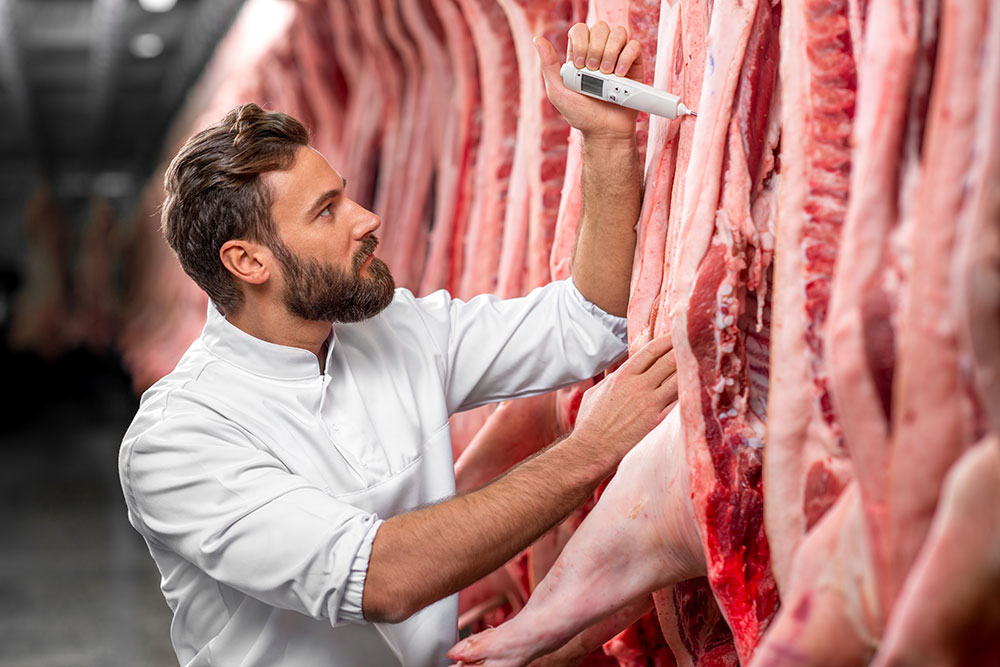Refrigeration can be defined as a thermodynamic process that lowers or maintains the heat level of a space, substance, system or even a body.
A curiosity is that cold does not actually exist if we talk in scientific terms, and we should talk about a greater or lesser amount of heat. Thus, refrigeration would consist in extracting heat from one place and taking it to another. Refrigerants are the fluids that allow this energy to be transferred in the form of heat. At Tecnicold, as experts in industrial cold, we use the latest generation of eco-friendly refrigerants.
Refrigeration is a process used in almost all industrial sectors, either by chemical, physical or electromechanical processes and using various typologies of machinery in the activity or workspace. Food industry is one of the most important.
History of refrigeration.
In ancient times, natural methods were already used to keep food at a low temperature. First, food was stored in caves or cold places and then the cold was brought to the food. For this purpose, ice was transported from the mountains or ice wells were created (already used by the Greeks and Romans) in order to store it for a longer period of time.
As early as the 17th century, it was known that by mixing water with salt, it was possible to lower the temperature of the water below 0º, preserving for longer food or drinks. To be diluted, salt needs heat, which can be taken from the element to be cooled. This makes the water remain colder for longer and lowers its freezing point.
William Cullen demonstrated the first mechanical refrigeration process using an inert gas in the mid-18th century at the University of Glasgow in Scotland, but it was not until the following century that a practical application was achieved.
Research and experimentation during the Industrial Revolution led to advances in refrigeration systems. The first refrigerator was patented during the first third of the 19th century and forty years later the first fridge was invented. The early 20th century saw the invention of the air conditioning unit, which was used in factory areas. With improved industrial processes and research, these cooling elements were introduced into our homes.
Refrigeration and the food industry.
We have already seen that the first uses of refrigeration were for food preservation, and this has been the main driver for the improvement of these processes throughout most of the human history.
Keeping the cold chain is key for food preservation in every part of the process: transport, storage, handling, cutting, packaging… from bakeries, cutting rooms, clean rooms to freezers that preserve certain types of food It is important that each food is kept at a proper temperature and humidity. Excessive temperatures favour fermentation and consequently a significant proliferation of bacteria, which in most cases can be prejudicial to our health.
In the meat industry, temperature and humidity management using automatic procedures elements begin at the farms where the animals are bred and extends to the slaughterhouses, cutting plants, packaging and transport. Once the product arrives at the retail outlets, commercial refrigeration devices ensure that the optimal temperature is kept.
In the fruit and vegetable industry, the temperature is monitored in the maturation and storage chambers and during transportation, but humidity is also controlled. The storage conditions are different for climacteric and non-climacteric fruits or vegetables.
With refrigeration, it is possible to preserve the optimal levels of initial quality of the products, extending the commercialisation shelf life. A good industrial and commercial refrigeration system is an investment that has a direct impact on the aspect of the final product and preserves the expected preservation conditions.

